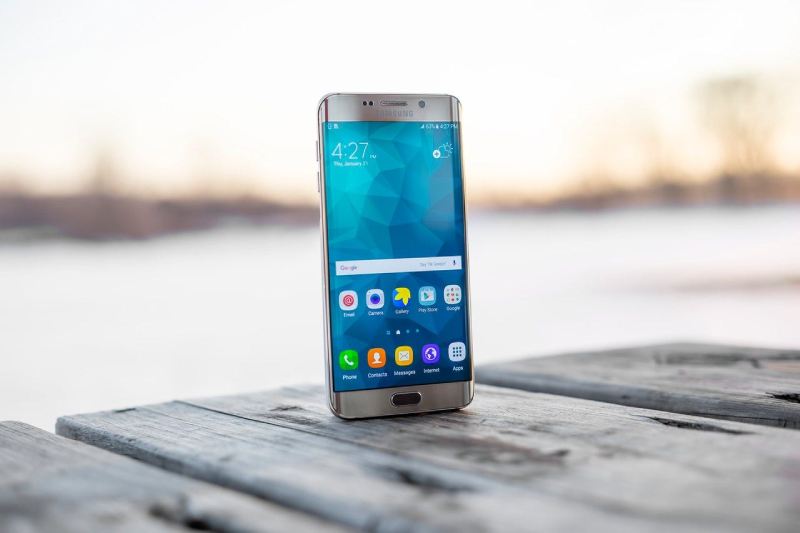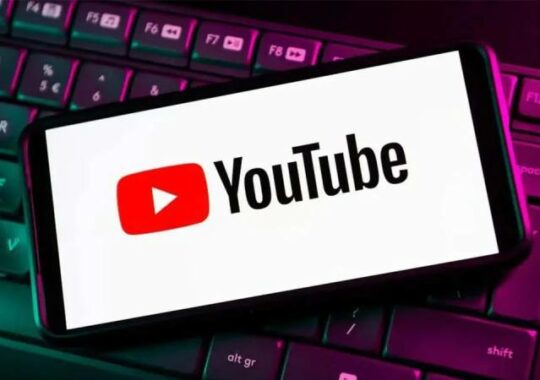Selecting a smartphone for the next year is simple if you own an iPhone. While the newest iPhone is undoubtedly a good choice, you can also purchase a less expensive model if you prefer. In contrast, extensive research is needed before purchasing a new Android phone.
Samsung, Google, Motorola, OnePlus, Asus, and Nothing are just a few of the companies that produce Android smartphones. Most of these brands sell a variety of models, including flagship, mid-range, and inexpensive phones.
However, there are other factors to consider when selecting an Android phone than brand. A number of things need to be considered, including the chipset’s power, the amount of RAM available for multitasking, the display resolution, fast charging times, and the number of Android updates the manufacturer promises. You may also want to take into account the kind of Android skin that the phone is pre-installed with. For instance, Motorola and Google Pixel phones run stock Android, but Samsung and OnePlus phones come with One UI and OxygenOS, respectively.
Even if you already know what kind of Android smartphone you want, it’s still a good idea to compare the features it offers to your needs before making a purchase.
Present
These days, most smartphones have decent screens; even inexpensive Android phones come with 720p (HD) screens. Look for something with at least 1080p (full HD) resolution if display clarity is important. Since most Android phones have large screens, 1080p resolution will guarantee a better viewing experience. A higher resolution display will also mean more PPI (pixels per inch).
Except for certain flagship Sony Xperia devices, 4K displays are almost nonexistent on smartphones if you wish to stream 4K HDR content on your phone. QHD resolution, which is greater than 1080p but lower than 4K, is available on certain phones, such as the Galaxy S23 Ultra. In contrast to 4K, HDR displays are much more common in smartphones, with the Galaxy S23 and Pixel 8 series being just two examples of flagship devices that have them.
The refresh rate is another important consideration. High refresh rate screens are a feature of most Android flagships as well as many mid-range and even low-cost devices. The display will feel much smoother and scroll and swipe much faster with a higher refresh rate. While a refresh rate of 120Hz is ideal, even 90Hz has a discernible impact.
RAM and a Chipset
Look for a chipset that suits your needs because your smartphone’s performance is mostly determined by its processor. You most likely don’t need a flagship processor if all you do with your device is text, call, browse, stream, and use social media. Most common mid-range phones, such as the OnePlus Nord N30 5G (Snapdragon 695), Pixel 7a (Tensor G2), and Samsung Galaxy A54 5G (Exynos 1380), should be able to handle most basic tasks.
Should gaming be your main priority, you’ll require a more potent chipset that can manage the increased workload without experiencing lag or freezing. Although Qualcomm upgrades this lineup annually, the Snapdragon 8 Gen 2 chip, which powers the Galaxy S23 series, is a potent chip. Another strong processor is Google’s Tensor G3 chipset, which is found in the Pixel 8 series.
However, a phone’s performance isn’t solely determined by its processor; RAM (Random Access Memory) plays a significant role as well. Apps that you have opened are stored in RAM; having more RAM allows you to run multiple apps at once, which speeds up app loading and improves multitasking.
Sluggishness may result from purchasing inexpensive Android phones with 4GB RAM. Choose an Android phone with at least 6GB of RAM if you’re on a tight budget, even though there are ways to maximize your phone’s RAM usage. Most people find that 8GB RAM is the perfect amount, but if you’re a heavy user or gamer, you might want to look into a phone with 12GB RAM.
Velocity of charging
While quick charging is promoted by many Android phones, not all charging is created equal. The two primary fast charging standards are Qualcomm’s Quick Charge and USB Power Delivery (PD). Some manufacturers, like Oppo with SuperVOOC and Xiaomi with HyperCharge, have proprietary fast charging technologies. Certain phones advertise 15W fast charging, but those are out of date, especially given how much larger smartphones’ batteries have become these days.
With the help of modern fast charging, your phone should be fully charged in approximately an hour—some phones can charge in less than 30 minutes. With the OnePlus 11 offering up to 80W of power and the OnePlus Nord N30 5G offering 50W, OnePlus is one of the top phone manufacturers when it comes to fast charging support. Compared to the Galaxy S23, which only supports 25W fast charging, Samsung’s Galaxy S23 Ultra and Galaxy S23+ support up to 45W.
You probably don’t need ultra-fast charging if your smartphone has a decent battery life and you charge it every night. Fast charging, however, can have a significant impact if you need to recharge your phone during the day. Furthermore, keep in mind that wired charging is typically the only way to achieve fast charging. While some smartphones do support wireless charging, depending on the brand and model, speeds are frequently limited to 15W to 25W.
assistance for networks
Network support is a feature that is frequently disregarded while selecting a smartphone. The networks you can connect to will also depend on your phone plan and carrier. Although 4G is still in use, 5G has essentially taken its place. Low-band sub-6Hz 5G is the most widely used type of 5G. Despite being more accessible than 4G, it is only marginally faster. Lower-priced Android 5G phones have sub-6Hz 5G.
mmWave 5G offers speeds exceeding 1Gbps, so if you want the fastest 5G speeds, look for it. mmWave 5G’s limited coverage to locations such as stadiums and crowded city centers with nearby cell towers stems from its poor ability to pass through obstructions. Not every phone can support 5G mmWave, and even those that can will only be able to benefit from faster speeds in specific locations. mmWave 5G is supported by the Pixel 7 and Pixel 8 series as well as Samsung’s Galaxy S23, Galaxy Z Flip 5, and Galaxy Z Fold 5 smartphones.
In addition, there is mid-band 5G, also known as C-band 5G, which provides significantly faster speeds than sub-6Ghz 5G. Its range is also greater than that of mmWave 5G. Although the majority of recent Android phones are 5G compatible, if lightning-fast speeds are essential, look for a device that supports C-band or mmWave 5G. However, you can continue using a phone that supports sub-6Hz 5G if consistency and dependability are important to you.



